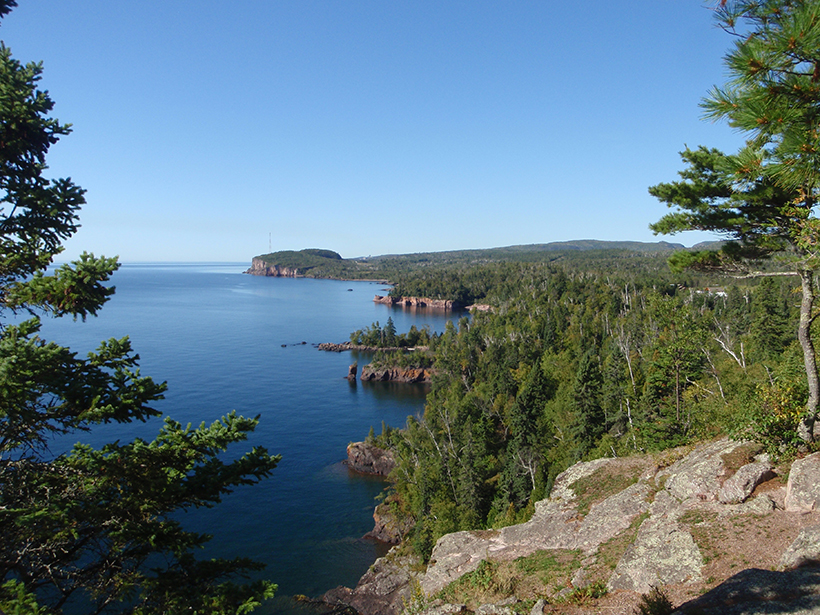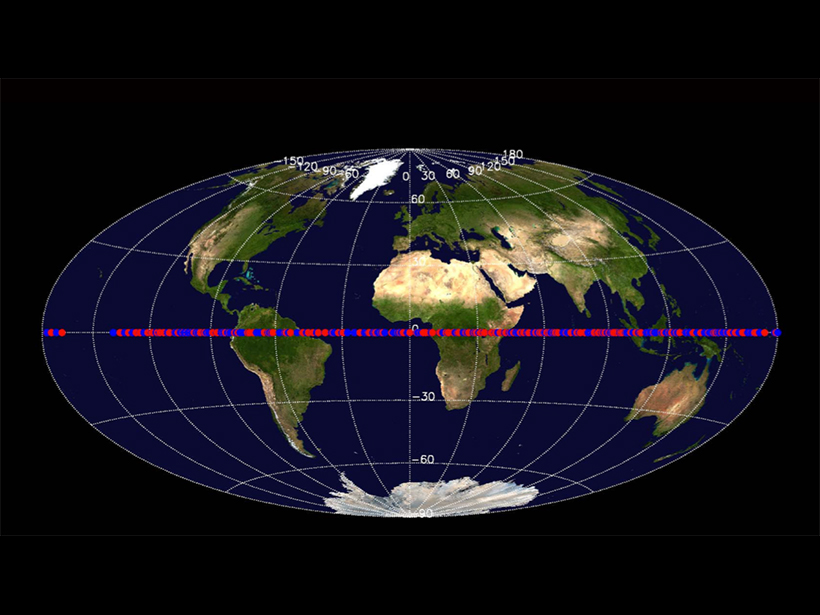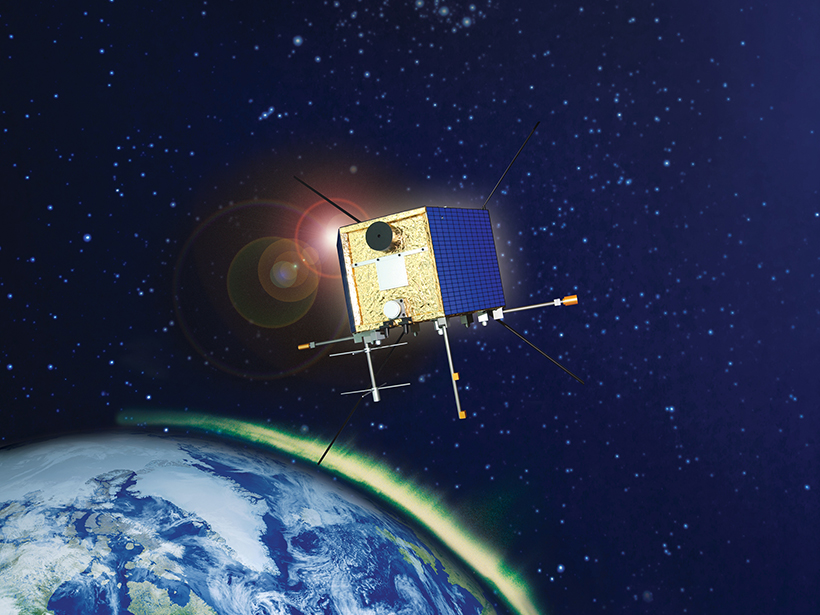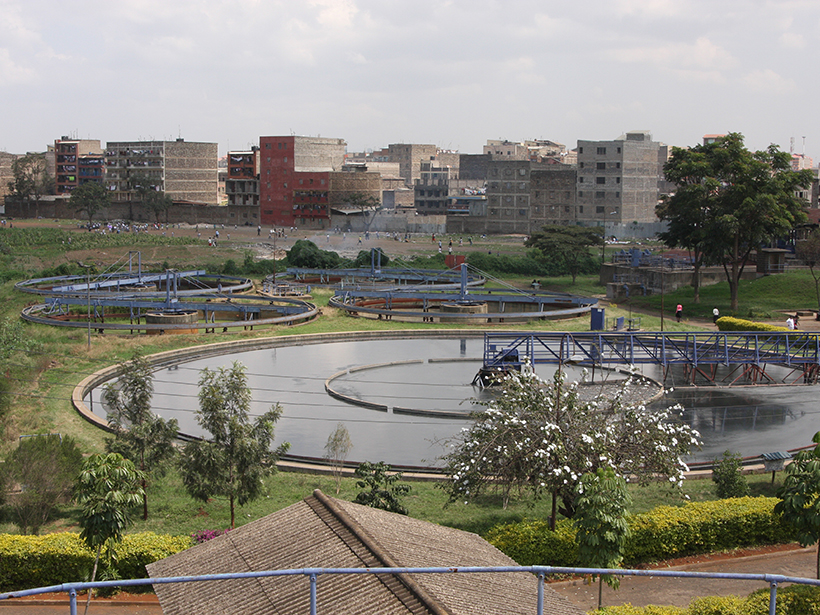The Midcontinent Rift has characteristics of a large igneous province, causing geologists to rethink some long-standing assumptions about how this giant feature formed.
CC BY-NC-ND 2016
Predicting Space Weather, Protecting Satellites
A new model predicts electron and ion fluxes at geosynchronous orbit an hour ahead of time, allowing satellite operators to protect their instruments.
AGU Student Travel Grants Help Underrepresented Groups
Financial support from the American Geophysical Union's travel grants programs increases opportunities for women, underrepresented minorities, and international students to attend Fall Meeting.
Charting the Future for AGU's Meetings Program
As Earth and space scientists' needs and ways of interacting change, the American Geophysical Union is developing an improved strategy and vision for the attendee experience at AGU meetings.
Going Against the Flow: Documenting Seasonal Current Reversal
Scientists discover the source of a coastal Korean current that reverses its flow in the summer.
An Ancient Sea Once Separated the Pacific and Indian Oceans
Seafloor under the hypothesized East Asian Sea vanished 10 million years ago as surrounding plates swallowed it up, according to new reconstructions of plate tectonics in the Philippine Sea region.
Science Groups Voice Concern for Academics in Turkey
International science and education organizations respond to reports of forced resignations of university deans and mass firings of teachers following last month's failed coup attempt.
Characterizing Superwarm Periods in Earth's History
DeepMIP Kickoff Meeting; Boulder, Colorado, 14–15 January 2016
Tracking Ions at the Edge of the Atmosphere
The first results from a recently launched satellite hold promise for studying solar storms, the very top of Earth's ionosphere, and how the atmosphere is evolving.
Water Subsidies May Not Be Going to Those Who Need Them Most
A new study finds a widely used water tariff does not effectively deliver subsidies to intended beneficiaries in Nairobi, Kenya.









